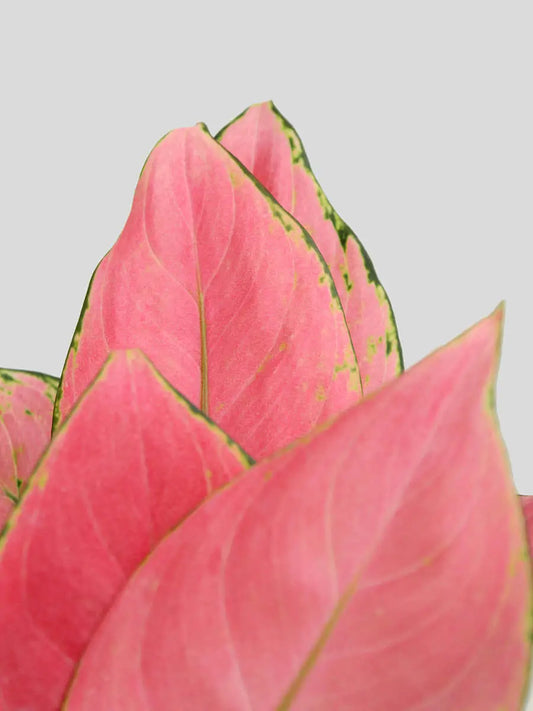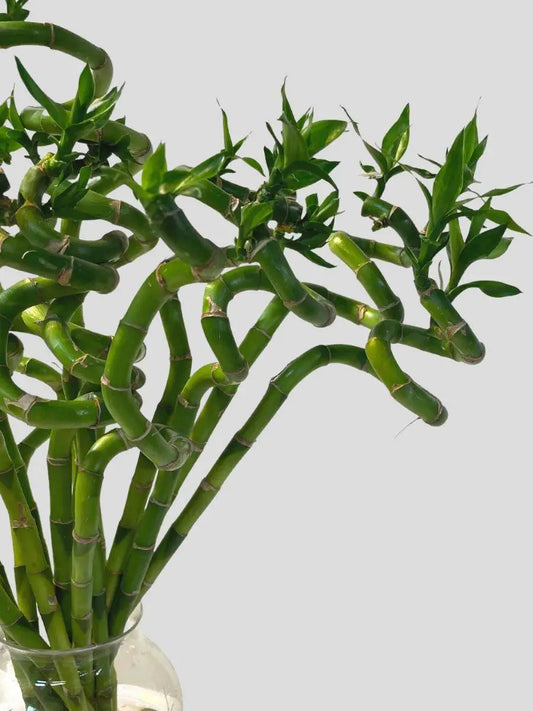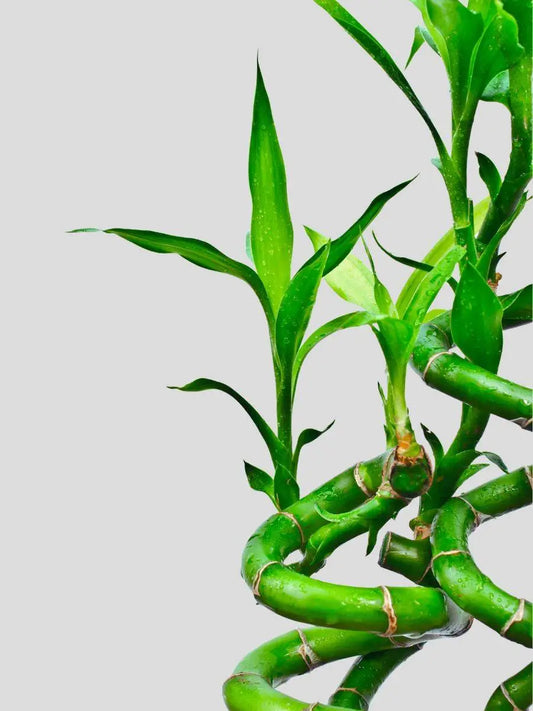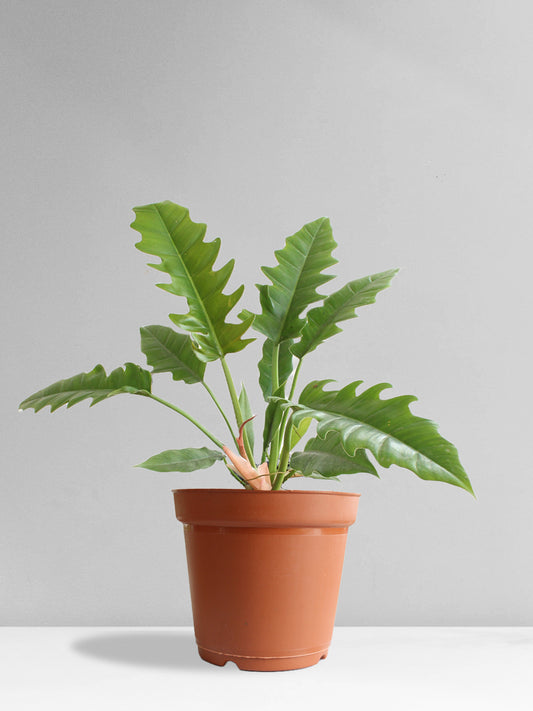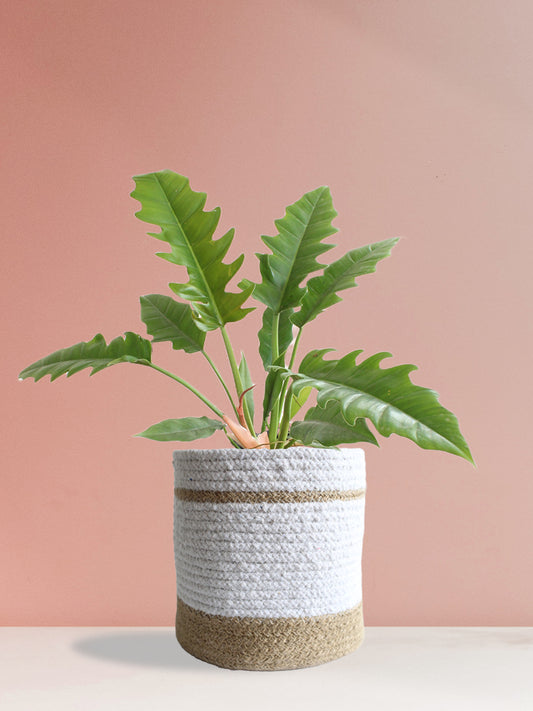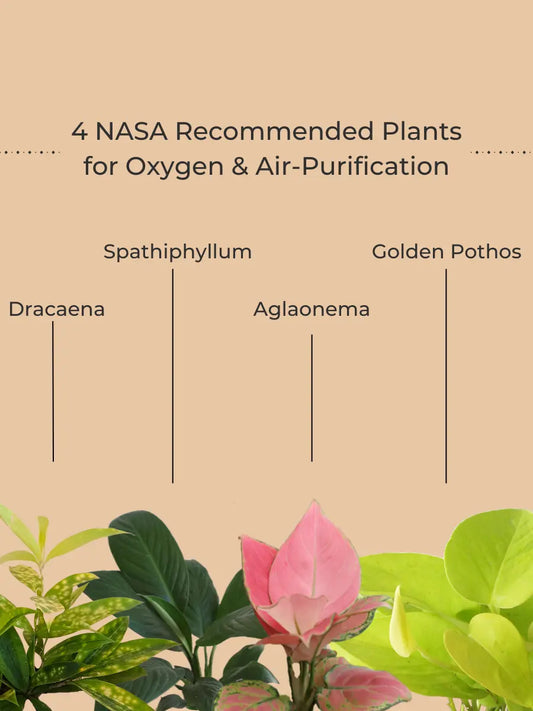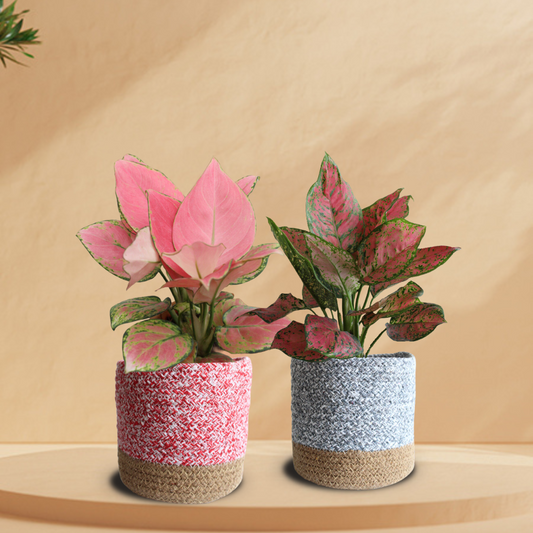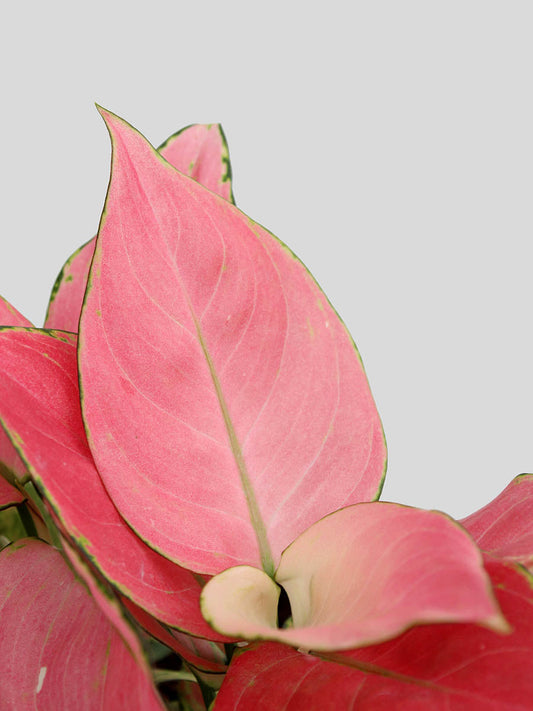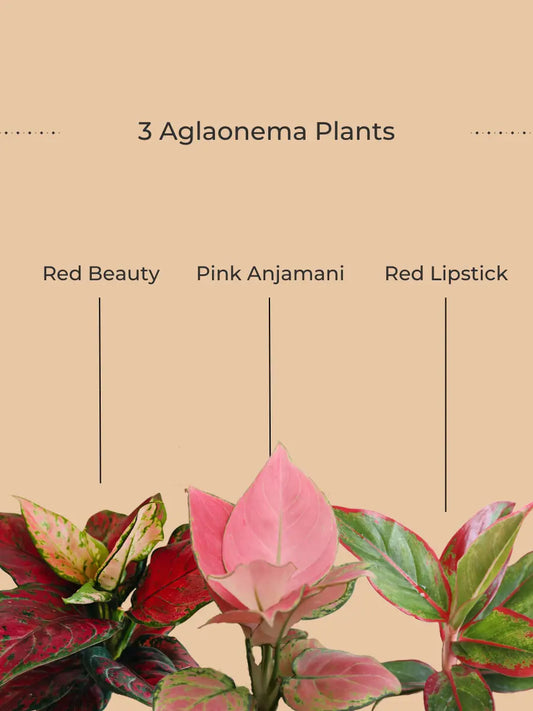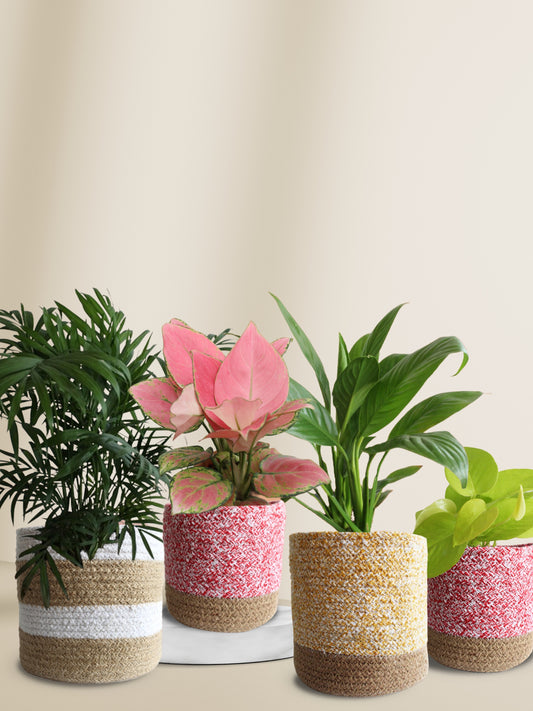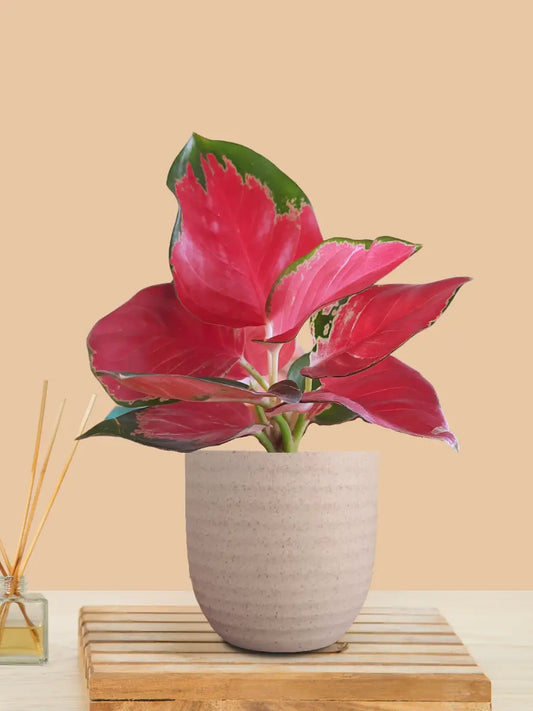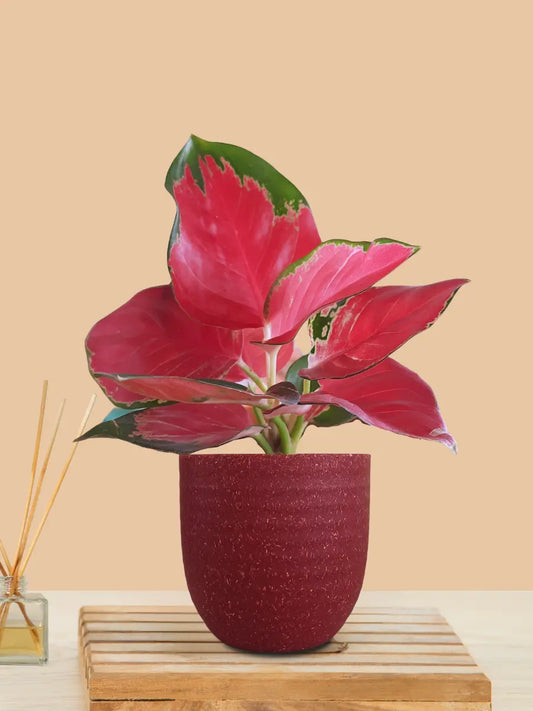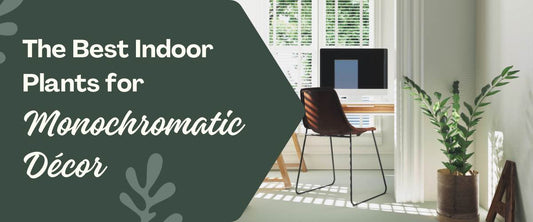Peperomia Varieties Guide
Welcome to one of the biggest genera in the bigger pepper family “Peperomia”. Peperomia plants, which are in the family Piperaceae, are among the most widely grown indoor plants in the world. They do well in low-light settings and with occasional watering. Their unusual and variegated foliage makes Peperomia Plants perfect for houseplant beginners and experts.
Let’s learn some unique varieties of Peperomia.
[product=peperomia-variegated-small]
Buy this easy to care aesthetic indoor plant that helps to purifier air. [/product]
Unique Varieties of Peperomia You Can Grow at Home
Pepper plants, or Peperomias, are tropical, semi-succulent plants. There are thousands of Peperomia species, but only a few are grown as houseplants or garden plants. Most are epiphytes to other trees and shrubs. The following are thirteen common houseplants:
1. Axillaris Peperomia

Peperomia Axillaris, a unique shrub-like succulent native to Ecuador and Peru, belongs to the Piperaceae family. It has pea-pod-like leaves that are thick and fleshy with a variety of colors. This plant is great for decorating tables since it grows slowly and stays compact. Its small, yellow, unscented flowers bloom in spring, and its stem is lengthy compared to other plants in the genus, making it appropriate for table plants. Its unusual look makes it beautiful and slow-growing.
Also Check This: How To Care For Houseplants For Beginners
2. Baby Rubber Plant (Peperomia Obtusifolia)

Baby Rubber Plant or Peperomia obtusifolia, also known as the Chinese money plant, is a diminutive houseplant with heart-shaped foliage that thrives in tabletop and conservatory (greenhouse growth) environments. This plant is also a lucky plant for the Oxygen Year because it grows well in dim light and needs little attention. Its large, flat leaves, which resemble coins, make it an attractive addition to interior design and it also helps clean the air. It's easy to care for and may be grown inside or out. Its roots require little oxygen and may be grown from cuttings.
3. Cupid Peperomia (Peperomia Scandens 'Variegata')

The Variegated Cupid Peperomia is a low-maintenance houseplant that does best in well-lit areas with indirect light. It is pet-safe and non-toxic. The plant, with its gorgeous variegation on each leaf and thick, moisture-storing leaves, does best in bright, indirect light, quick-draining soil enriched with perlite, and a weekly or biweekly watering schedule. The plant has become an all-time favorite, with outstanding variegation on every leaf.
4. Frost Peperomia

A beautiful tropical plant with silvery-green leaves, Peperomia Frost (Peperomia Orba Frost) grows well in pots and is simple to care for. The plant thrives in bright indirect sunlight, requires a balanced feed once a month in spring and summer, repotting every two years, and only pruning dead leaves.
A NASA research found that peperomia plants eliminate 47% of formaldehyde from indoor air, making them healthy for sleep. If you live in a temperate region, you can also grow them outside by relocating the pot to a cool, shaded place during the summer months and bringing it back again before the first frost.
5. Ginny Peperomia (Peperomia Clusiifolia)

The Ginny Peperomia, or Tricolour Peperomia, Pink Edge Peperomia, or Rainbow Ginny, is a lovely plant that brings a splash of color to any decor. It grows on pinkish-red stems and has large, green leaves with an uneven white edge and pinkish-red margins. This little, branched plant thrives in high humidity and bright indirect light. Be cautious with draughts and sudden temperature drops.
6. Marble Peperomia (Peperomia Obtusifolia 'Marble')

The "Marble Peperomia," also known as Peperomia obtusifolia 'Marble,' is a small ceramic plant with a wide range of aesthetic options. In a variety of colors, shapes, and textures, it's simple for beginners and excellent for sharing plants with friends. This plant, which comes in a range of sizes, pots, and baskets, is simple to care for and suited for high humidity conditions, low to high indirect light, strong indirect light, medium indirect light, and luxurious design.
Also Check This: Best Indoor Plants For A Birthday Gift
7. Napoli Nights Peperomia

Napoli Nights Peperomia is an easy-care houseplant that requires just a reasonable amount of water, a little bit of humidity, and a little bit of indirect sunshine to grow. This plant can grow well in containers or small pots on a desk, as long as they get enough light. In order for the plant to flourish, its surroundings and temperature must be just right.
8. Piccolo Banda Peperomia (Peperomia Albovittata)

Piccolo Banda Peperomia is a tropical perennial houseplant developed in the Netherlands from the rainforests of South America. It is a member of the Piperaceae family and is well-known for its appealing foliage and shady preferences. In addition to its versatility as a houseplant, the albovittata (genus name meaning "with white stripes or bands") is a beautiful addition to any table garden, centerpiece, or hanging basket.
9. Raindrop Peperomia (Peperomia Polybotrya)

Plants known as Raindrop Peperomia (Peperomia Polybotrya) are adaptable enough to thrive both inside and outdoors. They do best when grown in soil that has good drainage and receive access to strong indirect sunlight. This plant is a great choice for table tops because of its small size and heart-shaped, glossy leaves.
10. Rosso Peperomia (Peperomia ‘Marmorata X Metallica’)

The Peperomia caperata 'Rosso' is a tropical semi-succulent plant with lance-shaped leaves resembling celestial bodies or ninja stars. It can be grown as a houseplant or terrarium, but watering must be done carefully. The plant has rich emerald-green leaves, crimson undersides, and stems. It's a hybrid of Peperomia Metallica and Peperomia marmorata, known as the Emerald Ripple Peperomia due to its deeply ridged foliage.
11. San Marino Peperomia (Peperomia ‘Marmorata X Peruviana’)

Similar to Peperomia Eden Rosso, the tropical houseplant Peperomia San Marino also has green/silver leaves, but its undersides are brilliant crimson or pink instead. This plant thrives in bright light and needs just a little watering a couple of times a week to maintain its beautiful red or pink undersides. It is ideal for large terrariums because of its lighter green leaf and distinctive underside.
12. Schumi Red Peperomia (Peperomia Caperata ‘Schumi Red’)

The Schumi Red Peperomia is a little houseplant that adds color and texture to homes and offices. Its rippling, corrugated texture, and rich reddish-purple hue give it a unique appearance that stands out from other indoor plants. Schumi Red, like other Peperomia caperata, grows moundingly in lighter areas of the home and thrives with red- or purple-flowering plants like anthurium, Colourful Aglaonema, Fittonia, and others with striking leaf patterns. The green leaves of other plants stand out beautifully against their reddish-purple color.
13. Watermelon Peperomia (Peperomia Argyreia)

Peperomia argyreia, or watermelon peperomia, is a fashionable South American houseplant with green leaves that are tear-drop shaped with silver stripes. The leaf stems are red. It's perfect for huge terrariums, as well as desktops, tabletops, and shelves since it only gets to be 8 to 12 inches tall. The silvery variation is eye-catching in direct sunlight and works as well as a complement to other variegated plants or as the showpiece of a display.
Also Check This: Why Plants Are The Best Decorative Items For Living Room
Conclusion
Peperomia plants, with their tropical-looking leaves and little care needs, make great houseplants. There are more than a thousand kinds of peperomias, and each one grows in a different way. This makes them ideal for both beginner and skilled gardeners who want to add a touch of nature to their homes.
FAQs
Q1. What is the most common Peperomia?
Ans. The common name of Peperomia varies depending on the species, but some commonly known species include Baby Rubber Plant, Watermelon Peperomia, String of Turtles, Red Edge, Rainbow Peperomia & etc.
Q2. Is the peperomia plant lucky?
Ans. In Brazil, the peperomia plant is considered a lucky charm, and its gifting serves as a calming assurance that "everything will be all right." 'Peperi' means 'pepper' and 'homoios' means 'resembling' in Greek.
Q3. Which peperomia is easiest to grow?
Ans. Most peperomias are easy-care indoor plants since they don't need much water and are like brightly lit spaces with indirect sunshine.
Q4. Is Peperomia a money plant?
Ans. The genus Peperomia, which includes over 1,000 tiny, perennial indoor plants, is not known as a money plant. Although Baby Rubber Plant (Peperomia obtusifolia) is called the Chinese money plant.



